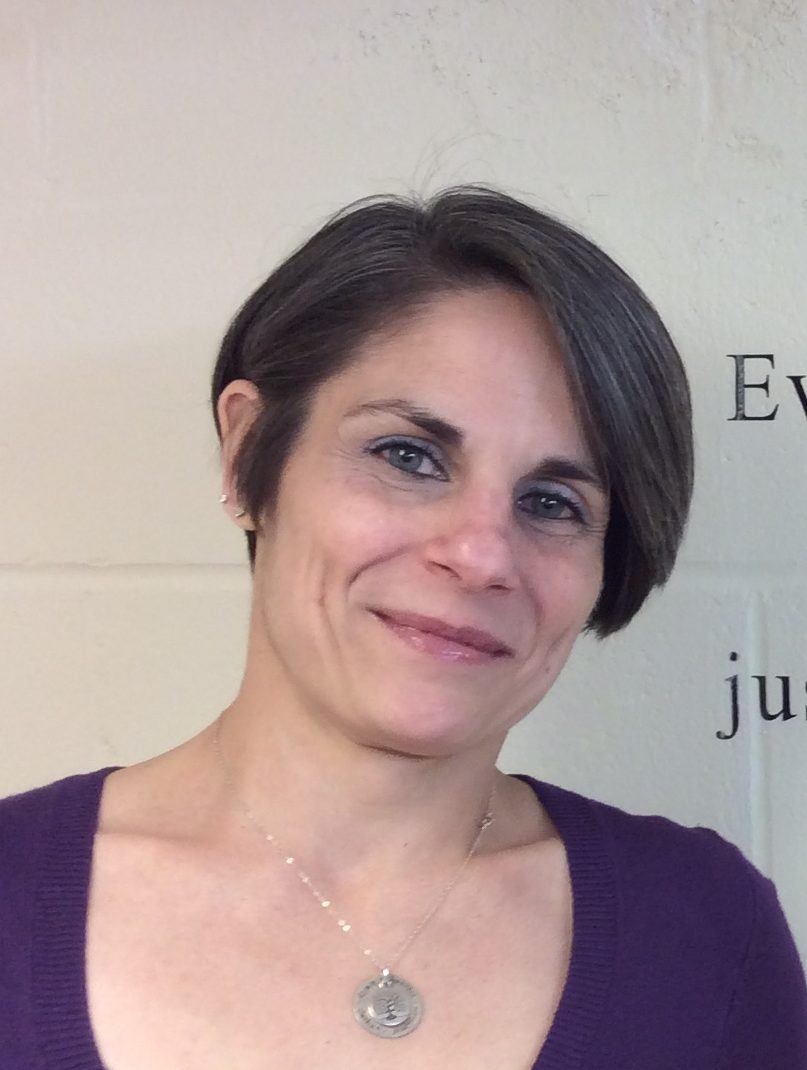NILD Canada’s Search & Teach Program
It was purely by accident that I first heard about NILD Canada and the Search and Teach program. I was working as a resource teacher at a Montessori-based elementary school when a friend casually mentioned that she’d heard about an intervention program which identified and helped remediate perceptual difficulties that interfered with early literacy skills. I was intrigued.

One of Kelly’s students practicing a technique during her Search & Teach session
My usual student case-load consisted largely of children in grades one and two who were having trouble reading. I routinely inquired whether they had undergone vision and hearing screenings, but had never considered the possibility that their perception could be an underlying factor in their difficulties. So, with great interest and curiosity, I signed up for the next available training workshop – and am I ever glad I did!
The Search and Teach program is a valuable tool to identify and provide remediation for struggling learners. The Search Scan is a quick and straight forward assessment measure to help identify an individual student’s areas of perceptual strength and need, and can be used to design an individualized program for support. The Teach Tasks are carefully scaffolded to help each learner develop the skills needed to experience academic success.
As a resource teacher and educational therapist, I use my NILD training on a daily basis. The Search and Teach program has given me a variety of new tools to put in my instructional tool-belt, and I have witnessed, first hand, the progress students make in learning to read as they progress through the Teach Tasks and refine their visual and auditory perceptual skills. On several occasions, I have also used the Search Scan results in conferences with parents as a starting point for discussion about program modifications and further psycho-educational assessment.
My school has piloted the Search and Teach program in both the Casa (JK/SK) and Primary divisions for the past two years and has found that it is well suited to the Montessori philosophy and classroom environment. Like Montessori, the Search and Teach program is one of differentiated instruction: each child works on their specific tasks at their own pace. Presentations of new material are individualized and “follow the child”; the teacher is able to incorporate the specified Teach tasks into the child’s program and follow the student’s individual pace of learning towards skill acquisition and mastery.
The Search and Teach program has been very well received at my school – so much so that this coming fall, we will be expanding the program to make Teach training available for all eligible students in our Senior Casa program.
Looking back, the “accidental” discovery of the Search and Teach program was a pivotal moment in my teaching career. I can honestly say that I am not the same teacher that I used to be. It has completely changed my approach to education – by far for the better. In my opinion, the content of this early identification and intervention program should be part of every teacher’s undergraduate degree training. In the words of Maria Montessori: “First the education of the senses, then the education of the intellect”.

